Netflix’s ‘Society of the Snow’ brings to the screen an incredible story of survival where out of forty-five people from a plane crash, only sixteen survive till the day of the rescue. It is harrowing and gut-wrenching but also an exemplary tale of how far humans can extend their limits to survive. While the story unfolds in front of the audience over two-and-a-half hours, the survivors actually spent more than two months in the Andes with no sign of life around them.
Society of the Snow Begins With a Horrible Plane Crash

The story of the passengers of Flight 571 begins on October 12, 1972. The young players of the rugby team, along with some family and friends, leave their home in Montevideo, Uruguay, from Carrasco International Airport. They would have crossed the Andes on the same day, but the bad weather forced them to take a stop in Mendoza, Argentina, from where they continued their journey the next day, on October 13, at 2:18 pm.
More than an hour into their journey, the crash happened at 3:34 pm. The weather, the clouds, and some miscalculation in navigation on the part of the pilots led the plane to descend dramatically, with the tail-cone of the plane torn off after striking with the ridge and fuselage flying a short distance and then crashing on the steep glacier and descending into the valley. The captain died on impact, and the co-captain didn’t survive for long, either.
Out of 45 people in the plane (40 passengers and five crew members), 33 survived the crash, but most of them sustained severe injuries. Roberto Canessa and Gustavo Zerbino, who were relatively unharmed and were medical students, got their bearings and immediately jumped on the task of helping the wounded. Fernando “Nando” Parrado remained unconscious for three days after the crash. In the meantime, the Chilean authorities were notified about the plane, and a preliminary search for the passengers began.
The Initial Days of Survival and the Hope for Rescue
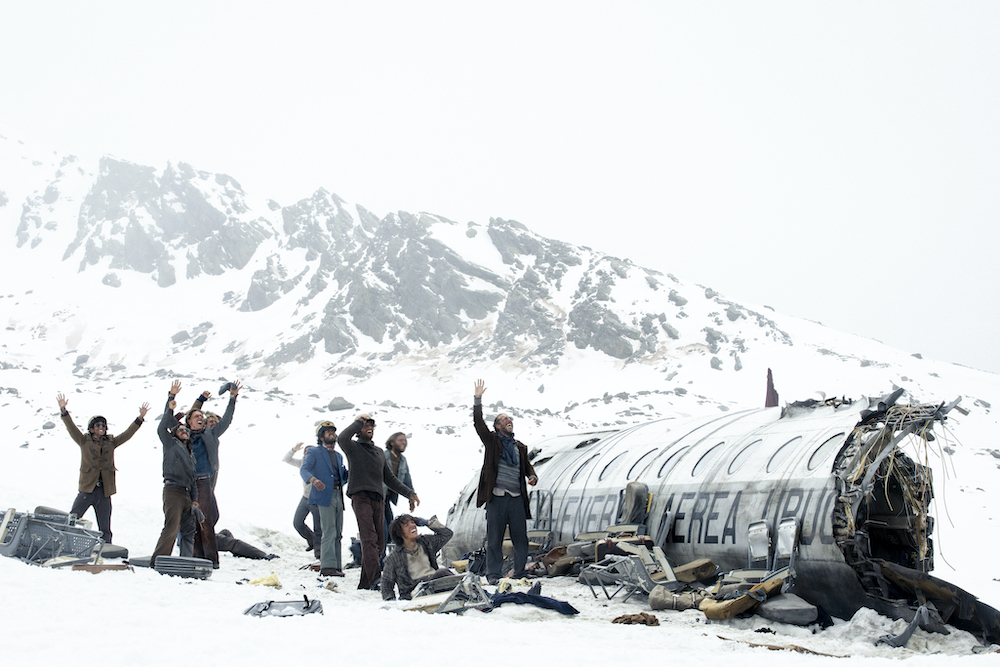
If the crash didn’t kill them, the survivors knew that the cold would, sooner or later. On the first night itself, five more passengers had died. The next day, the survivors went through the wreckage, hoping to find something to eat. Whatever they found, they divided equally, but soon, they realized they didn’t have many options. Reportedly, they tore through the seat cushions to find something edible, like straw. They even chewed on the leather in their belts and shoes and even tried eating cotton. Eventually, they had to accept the fact that there was only one thing edible: the dead bodies.
Days after the crash, some of the passengers started eating from the dead bodies, but a few held on to the hope of rescue, wishing that help would arrive before they had to resort to cannibalism. Meanwhile, the Chilean authorities joined forces with Argentina and Uruguay to start rescue operations. Over the next few days, they scoured through the area, and they even flew over the survivors and the crash site a couple of times. However, the fuselage was white and buried in snow, and it didn’t catch their attention from so high up above. The weather also reduced visibility. The survivors tried to get attention to themselves. They shouted and cried, made a huge X on the snow with the luggage, and even tried using lipstick (which wasn’t nearly enough) to draw attention via the SOS message on the fuselage.
The Rescue is Called Off
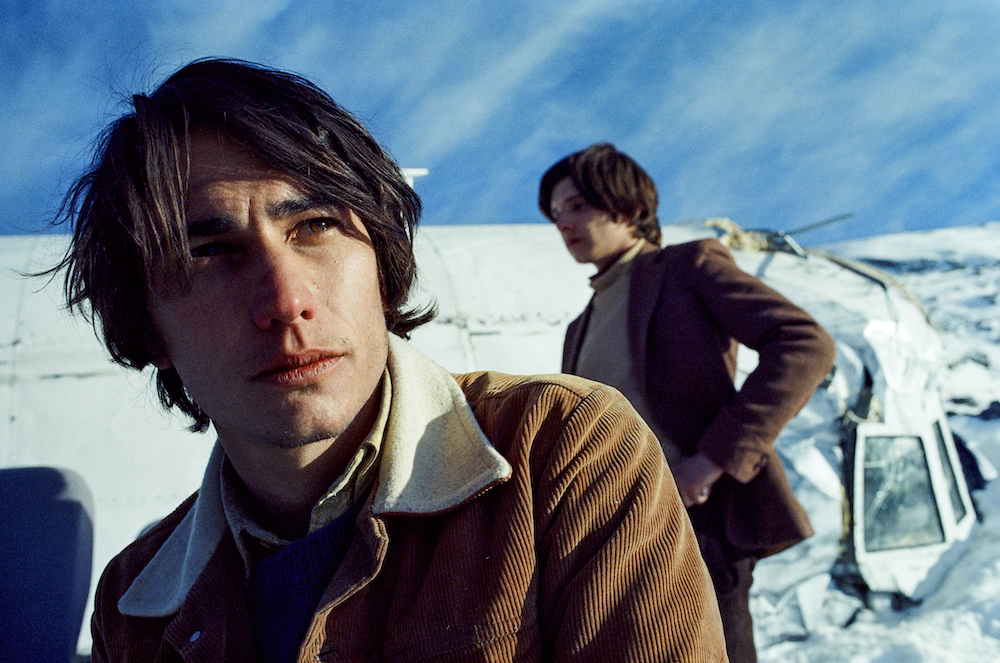
On October 21, 1972, about a week after the rescue mission began, it was called off. They spent more than 142 hours searching for the passengers but couldn’t find any trace of them. To them, the chances of anyone’s survival in a place where nothing could survive seemed impossible. The authorities assumed that the survivors of the crash would have died of hunger and hypothermia by now. What they expected was to find their dead bodies, so they decided to resume the search in December, when the weather would allow them better visibility, among other things, to look for the victims.
Meanwhile, the survivors heard about it on the radio they’d somehow made to work in the hopes of using it to send or receive a message. All their hopes were dashed when they discovered that they’d been abandoned and no one was looking for them anymore. Gustavo “Coco” Nicolich brought them out of this despair with his infectious relentlessness to survive. Instead of calling it bad news, he called it “good news” that the search had been called off because now, they would be getting out of the Andes on their own.
The calling off of the rescue mission also made it clear to the survivors who had still not eaten from the dead bodies that they had no other option. They had to eat to survive as long as possible, so they were ready to leave when the rescue finally arrived.
The Avalanche Strikes
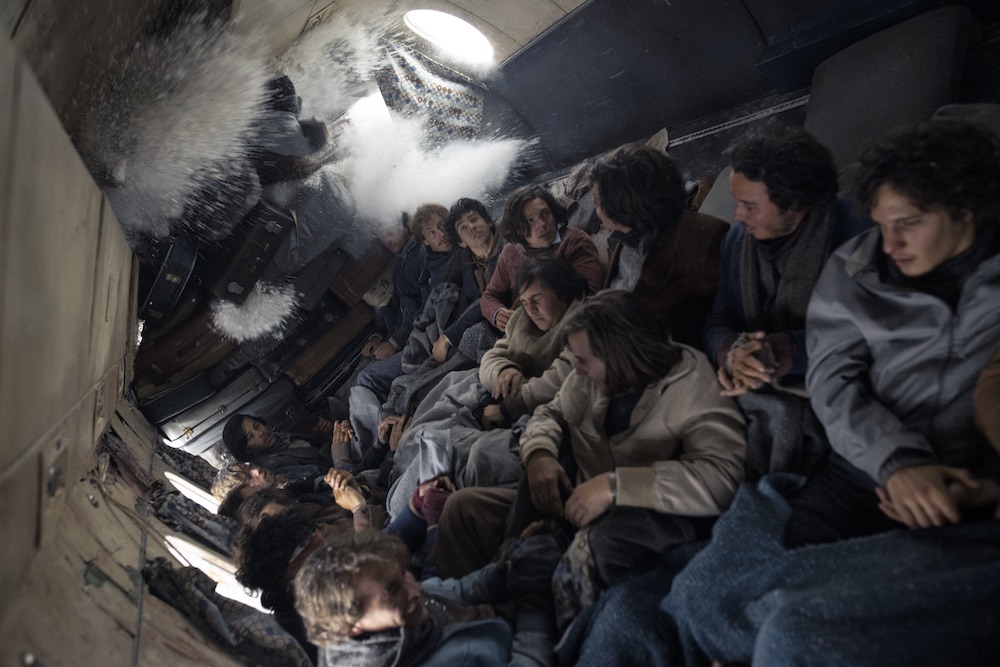
Just when the survivors thought things couldn’t get any worse, they did. On the night of October 29, an avalanche buried the survivors and the fuselage inside the snow. Eight more passengers were killed as a result, and the living and the dead were trapped inside the same claustrophobic space. For three days, they stayed like this, barely getting by on the air that found its way in and forced to eat from the dead bodies of the newly deceased. On the morning of October 31, they finally dug themselves out, just enough to see a blizzard raging outside.
The Attempt at Hiking Out of the Andes
On November 15, more than a month after the crash, a couple of passengers decided to hike the glacier and find a way out. They found the plane’s tail section towards the east with some other things like chocolates, cigarettes, clothes, and rum, among other things. They also found a radio and the batteries (which were too heavy to carry back). On the first night of the expedition, they realize how impossible it is to survive the night without any form of cover. They returned to the fuselage, brought the radio they’d gotten working there, and took it back to the tail section, hoping to make it work using the batteries. Unfortunately, the plan didn’t work.
Numa’s Death and Parrado and Canessa’s Final Expedition
Despite all their efforts to stay alive, the number of passengers dwindled, and with that, their hopes of survival. On December 11, about two months after the crash, Numa Turcatti died. His death hit everyone harder than most, and this encouraged them to finally embark on the trip they’d been preparing for.
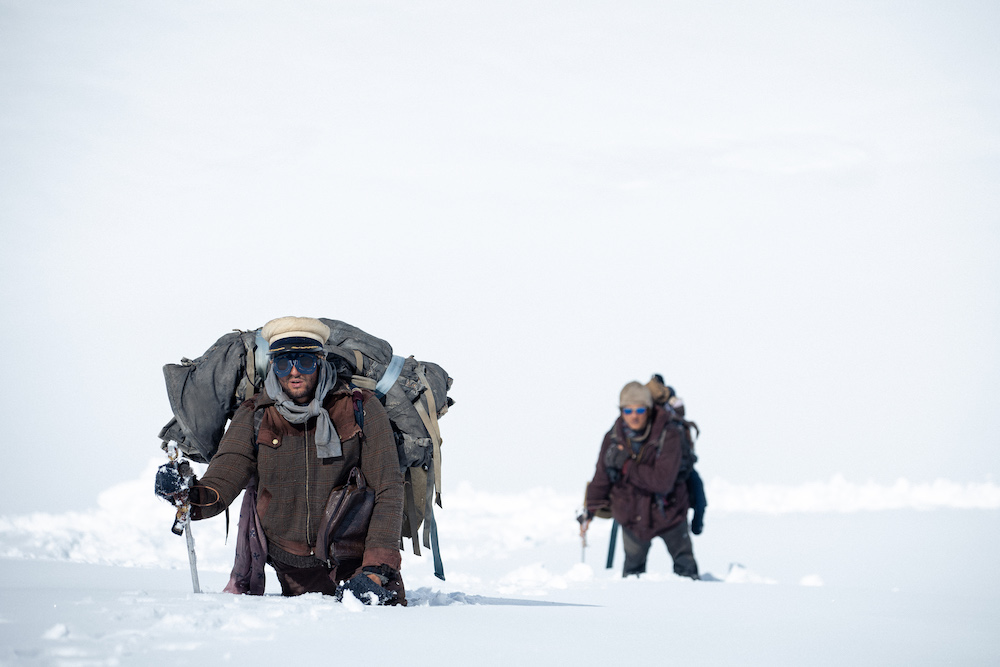
On December 12, Parrado, Canessa, and Vizintin left the crash site to begin their final shot at finding rescue. Whatever timeline they’d expected was crossed off in the next two days, as even with the weather turning and the snow starting to thaw, they saw nothing but a sheet of white as far as their gaze traveled. The only shred of hope came from Parrado, who saw a glint of two snowless mountains descending into a valley. He knew that he wouldn’t be going back to the fuselage no matter what and was joined by Canessa in going as far as it took. Vizintin decided to go back so that his friends could use his part of the rations to make it further.
On December 15, Vizintin was back at the fuselage, telling other survivors about the new plan, while Parrado and Canessa journeyed ahead, not knowing how far and for how long they’d have to walk. After walking tirelessly for ten days, they finally reached the mouth of the river and saw vegetation around them for the first time in over two months. By now, they were so utterly spent that they couldn’t have survived another day. Luckily, they were close enough to civilization, and a mule driver saw them.
On December 21, the mule driver returned with two more people and threw a paper to Canessa and Parrado, in which the latter explained who they were and where their friends were. The men received the message, and it was just a matter of time before help finally arrived. Parrado and Canessa were taken to the nearby village, where they were given food and a proper place to rest. The next day, on December 22, two helicopters arrived. Parrado was put on a helicopter to guide them to the crash site. They brought back six survivors, with a couple of rescuers staying back to spend the night. The next day, when the weather was better, the remaining eight survivors were also brought back.
Read More: Where is Roberto Canessa Now?

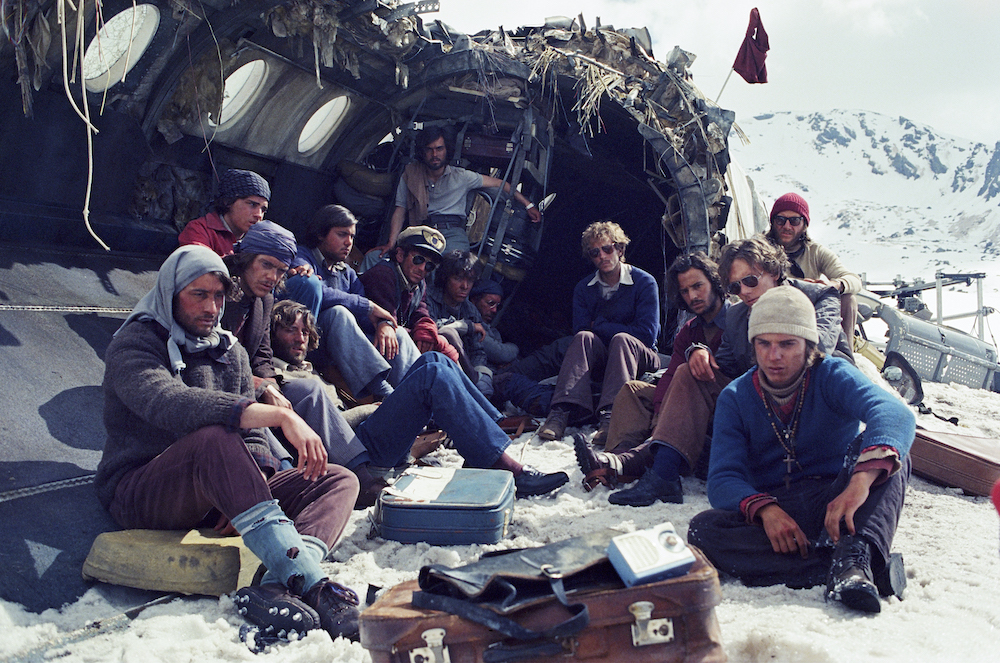
You must be logged in to post a comment.